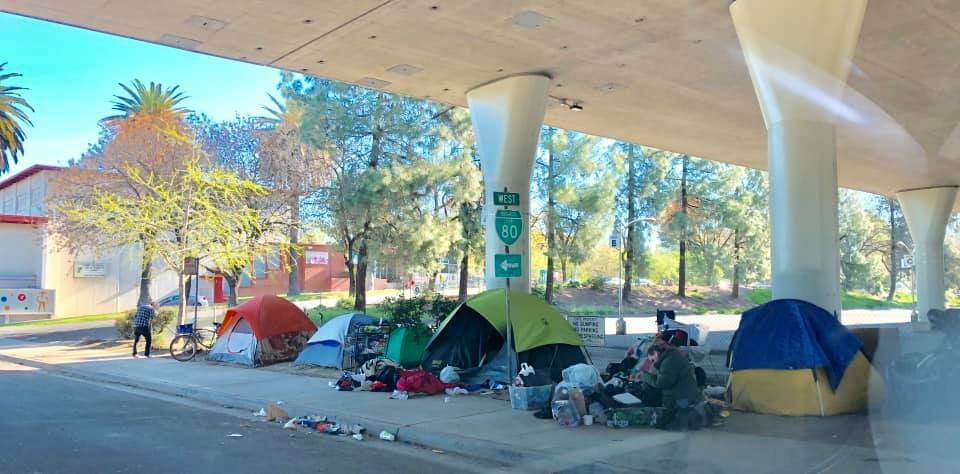
Will $1 Billion Spending on California’s Homeless Fix the Problem?
Cities amassing grants and funding, while homeless populations only get worse
By Katy Grimes, May 14, 2019 4:47 pm
California has roughly 134,000 homeless people, amounting to one-quarter of the nation’s total homeless population.
The federal Housing and Urban Development agency published its 2018 report on homelessness which found more than 550,000 people are homeless in the United States. California and New York had the greatest numbers of homelessness and highest rates of homelessness, at 33 and 46 people per 10,000.
California’s largest cities are ground zero of the state’s expanding homeless population. Contrary to most city leaders’ claims that this is a housing problem, it is not that simple. While California’s housing costs are through the roof, many of those living on the streets are not even from California, but come here for the state’s liberal policies on drug use, easy theft opportunities and lack of criminal convictions, generous welfare benefits, as well as the “sanctuary” status – and the weather. Notably, most of the homeless also receive a monthly check from the federal government.
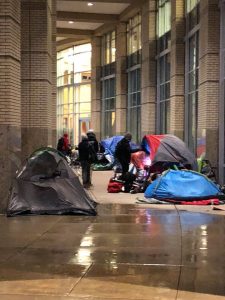
In Sacramento, California, the state’s Capitol, the homeless live in parks, in tents along rivers, on the streets and in alleys, and sleep at City Hall at night, after police were chastised for chasing them away.
The Homeless encampments along the sides of levees in Sacramento are now damaging the flood control structures, as some of the homeless dig into the slope to create a flat surface to put their tents up compromising the structural integrity of the levees, Tim Kerr, the general manager for the American River Flood Control District said in a Fox News report. Residents of the Sacramento region are justifiably nervous about levee breeches after two previous breaks in the levees in 1986 and 1995, causing extensive flooding.
Is There a Legislative Fix?
The California Legislature has made some attempts at fixes. And some legislative “fixes” only exacerbate the problem.
In 2018, the Legislature passed and Gov. Jerry Brown signed SB 1152 into law, requiring doctors in hospitals to provide homeless patients food, clothing and other services before discharging them, and then locating a shelter or home, or a social services provider. Homeless advocates said this was to stop hospitals from “patient dumping” — discharging patients to the streets after treatment, without a plan for additional services.
The Legislature has recently proposed several bills to stave off the expansion. Sen. Scott Wiener (D-San Francisco) authored Senate Bill 48, a “right to shelter” bill because of inconsistent access to shelters. “California’s housing crisis, along with our mental health and addiction challenges, are driving people into homelessness, and we must act,” said Sen. Wiener in a statement. “We must do more to ensure homeless people have access to shelter, as a way to stabilize people’s lives and help them transition to permanent housing.”
Sen. Wiener appears to grasp the problem in its complexity, and his bill may be an effective attempt to address this.
Another bill, Assembly Bill 46 by Assemblywoman Wendy Carillo (D-Los Angeles), would enact legislation “to replace derogatory terms with more culturally sensitive terms” when referring to individuals with mental illness – terms such as “insane” and “mental disorder.” It is unclear how this will effectively address the homeless crisis.
Gov. Gavin Newsom just proposed in his May Budget Revise $650 million in grants to homelessness agencies and local government to help fund emergency shelters, housing assistance, and new construction. Combined with other existing programs, this adds up to $1 billion in spending on the homeless in the Golden State.
Will Housing Help?
A recent report found that Los Angeles spent $619 million last year on the homeless crisis, but have little to show for it. Officials continue to claim that building housing for the homeless will solve the problem. However, not so long ago Los Angeles authorized the building of tiny homes for homeless.
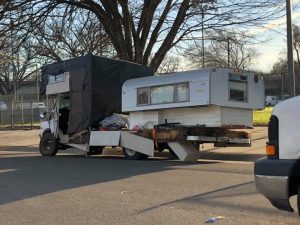
But the tiny homes became tiny crack houses and heroin dens, as well as health hazards. Los Angeles Bureau of Sanitation officials then seized the tiny houses from homeless people in South Los Angeles, in a sweep of areas under freeways after finding needles, drug setups and even a gun.
“Neighbors and other opponents, however, say they provide cover for lawlessness and criminal activity,” the Los Angeles Times reported. ‘They are only homes for prostitution, shooting up, smoking up,’ said June Ellen Richard, 54, who has lived all her life within blocks of one of the freeway overpasses where the tiny houses were parked.”
“The city spent $442 million from Proposition HHH last year developing homeless and affordable apartments, but none of the projects have opened yet and the wait for permanent housing has stretched to an average of 215 days,” the LAT reported recently. “Thus far, the city’s $77-million shelter expansion plan has produced two facilities, with room for 147 people.”
“LA county and city governments collectively spend an astonishing $1.1 billion annually on the costs of dealing with its growing homeless population,” Craig Powell of Eye on Sacramento wrote in 2017. Today it must be higher.
Tracking the grants and funding actually going to the homeless in California is becoming more and more difficult as local governments are creating non-profits to do this, where government agencies once managed the funds… and non-profits are not subject to the California Open Records Act.
Next: Some of the organizations receiving grants, and what they are doing with the money
- Legacy Media is Trying to ‘Kavanaugh’ Pete Hegseth - November 23, 2024
- Gov. Newsom Brags on His ‘Economic Blueprint’ While CA Businesses Get Hit with Higher Payroll Taxes - November 22, 2024
- Legislative Data Practical Guide Released - November 21, 2024


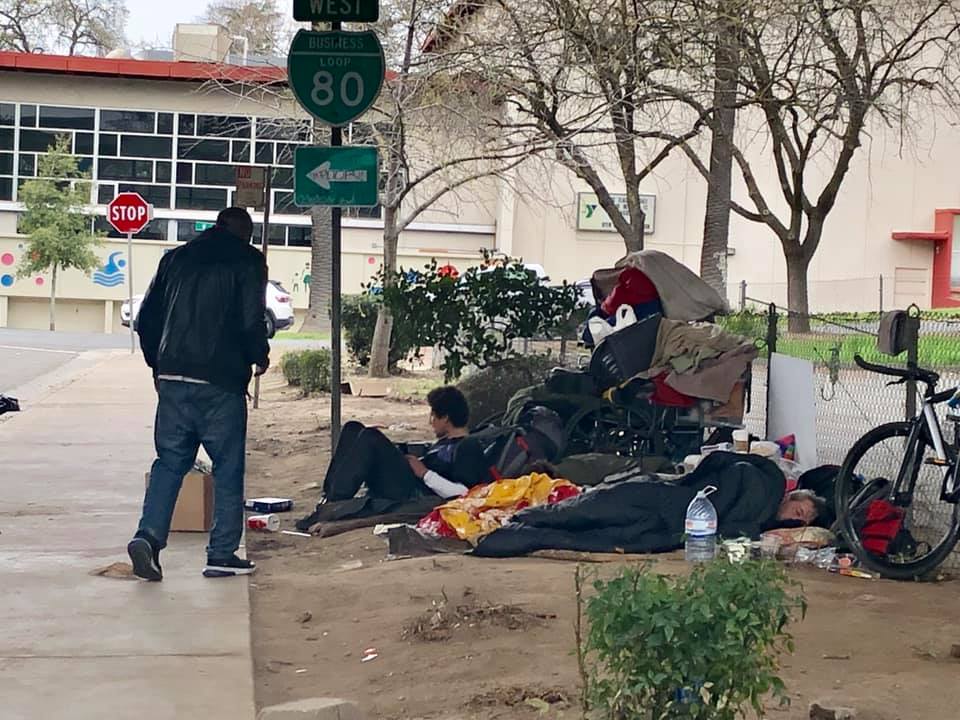
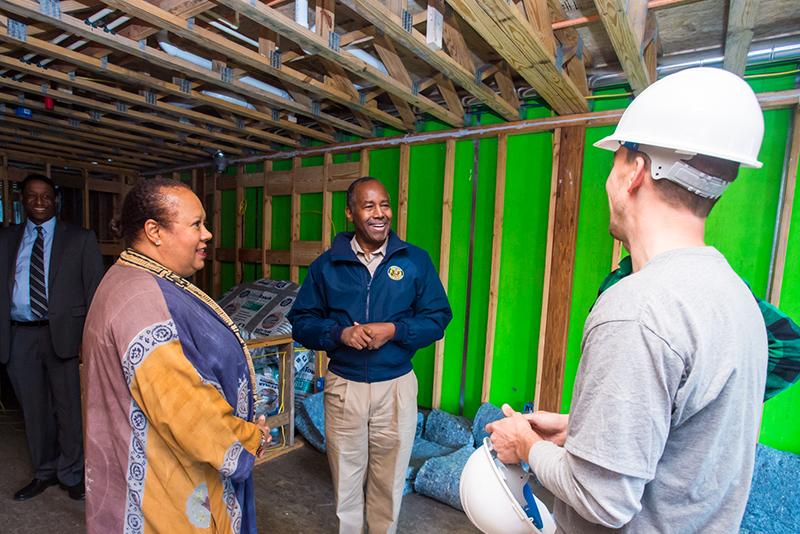

Your article is riddled with mistakes. Research has shown that an equal number of homeless are coming to the west coast as the east coast. The article says ALL homeless come to only California which is false. The article said no new housing has opened here. We have lots of new homeless housing. Some are temporary shelters. Other permanent housing has opened. More are in the works. No one has said the goal is to buy homes for all the homeless. A new permanent housing unit built today to code is $500K/unit. We can’t afford to house them all that way. The article said the city authorized the bldg of tiny homes. They did not. One man built them with fundraisers. I’ve been a resident here my entire life.
Your reply has mistakes also, please correct and you can turn in your work later.
The story doesn’t say all the homeless come to California and it lists the programs that are building housing for the home less and the tiny houses being built under freeways are made of canvas and tents and plywood and shopping carts. So you are totally wrong on every point.
One of the things that really bugs and frustrates me about this subject is how politicians continue to ignore the real problems at the root of the growing vagrancy and homelessness problem and insist on offering “solutions” that completely miss the mark. Are they doing it on purpose?
It’s interesting that Scott Wiener is banging away at the homeless issue because didn’t he author SB 50? Maybe in his mind the more he talks up homelessness and the more homeless on display, the better, so that he can sell to an increasingly fed-up public the “solution” of stack-and-pack high-density housing he and his cronies hope will replace single-family homes in the suburbs.
And don’t Wiener and other politicians of his ilk (e.g. the like-minded big city mayors like Steinberg and Garcetti and others) benefit from pushing the mantra of “housing will solve homelessness” when the information that is out there shows that it is really not about housing? Most vagrants reject permanent or even temporary housing (this was clearly shown during the removal of the encampments from the Santa Ana river bed in Anaheim) and the actual problem for most is drug addiction, alcoholism, and mental illness.
How much campaign money do the politicians receive from developers who after all will make a killing if, say, SB 50 passes? Will we find out that the virtue-signaling politicians are actually benefiting off the backs of people on the street who desperately need help such as drug rehab but are not getting it?
“Streets of Shame” special report – NBC4 Los Angeles
Homeless encampment cleanups: Are millions of dollars being wasted?
https://www.nbclosangeles.com/investigations/Los-Angeles-Homeless-Encampments-Tent-City-Trash-Garbage-Waste-Cleanup-509849151.html
It is not a coincidence that as spending has increased so has the homeless population
Homelessness is not problem. It is a symptom. I have worked many times for the ministry in the Tenderloin called San Francisco City Impact on Jones Street. The problem is that 95% of the homeless in SF are addicts. Some have mental health issues and those mental health issue arise from the substance abuse. If you build a Million Dollar Home and put a homeless person in it, the problem will still exist. Addiction.
The problem unfortunately is not money, but the homeless person’s disconnection from institutions like family, friends, church, etc. There are lots of mentally ill or drug addicted or unemployed people that are not homeless, because they get support (emotional, financial, whatever) from those institutions. Money just makes this disconnection easier.
Everyone who thought that California could absorb tens of millions of immigrants without causing chaos and destruction of the quality of life, you are all stupid idiots, and psychotic wackos, and psychopaths. I’m all for helping people get a better life, but only someone who is a mentally ill nut case would have thought that the best way to help poor people was to move them in to an extremely high cost of living place like California.
Notice that the homeless are not allowed INSIDE City Hall, where they could have access to washrooms freshly warmed by the butts of civil servants.
Sadly, we need to bring back state hospitals to rein this in, to triage, to access these people one on one. In my opinion. There is also a Rehab Riviera industry making huge bucks importing people in, housing them as long as they have government checks coming in. Once the checks stop, they are kicked to the curb. Many in California are from our of state shipped in.
BeeBee, agree with you completely, every single thing you said.